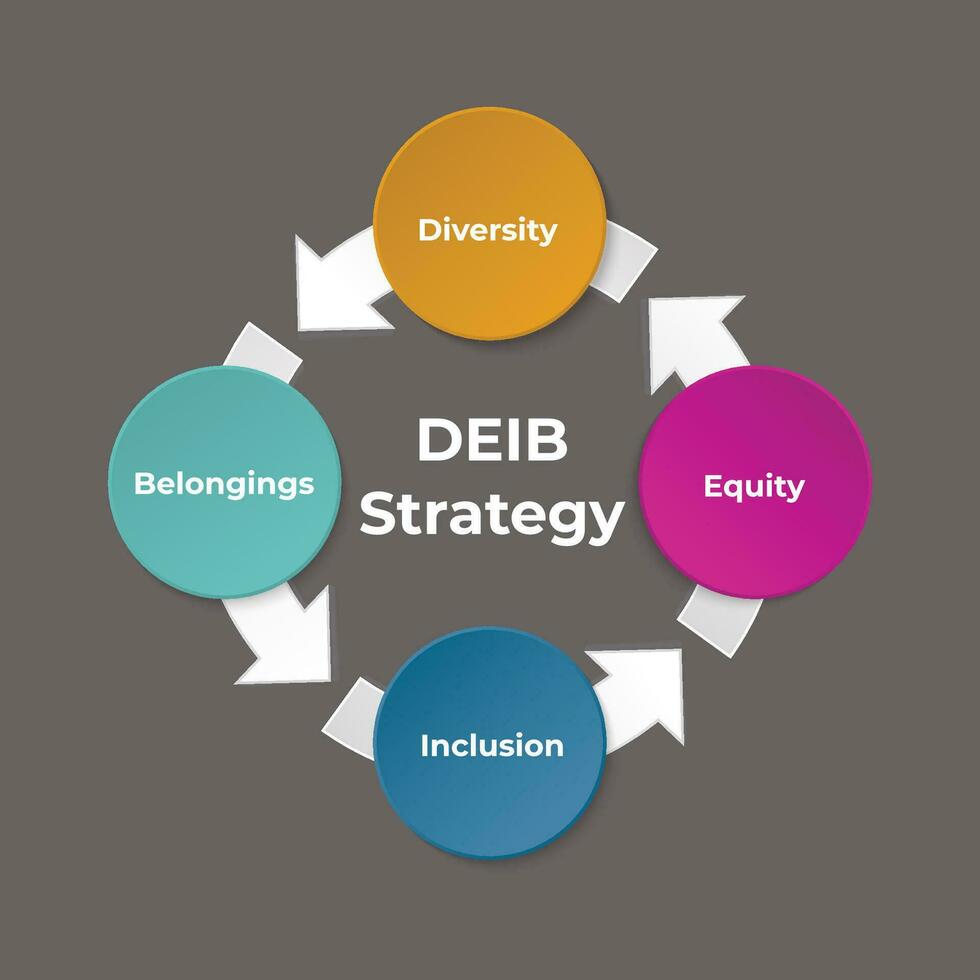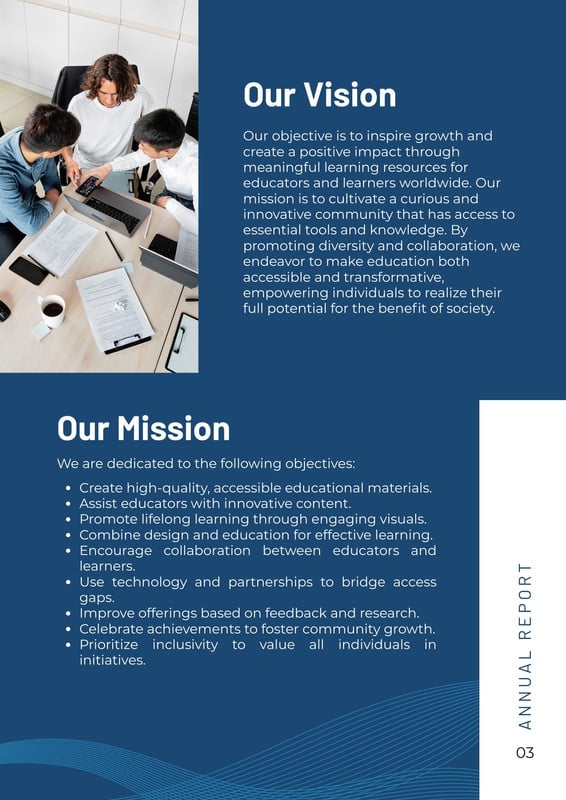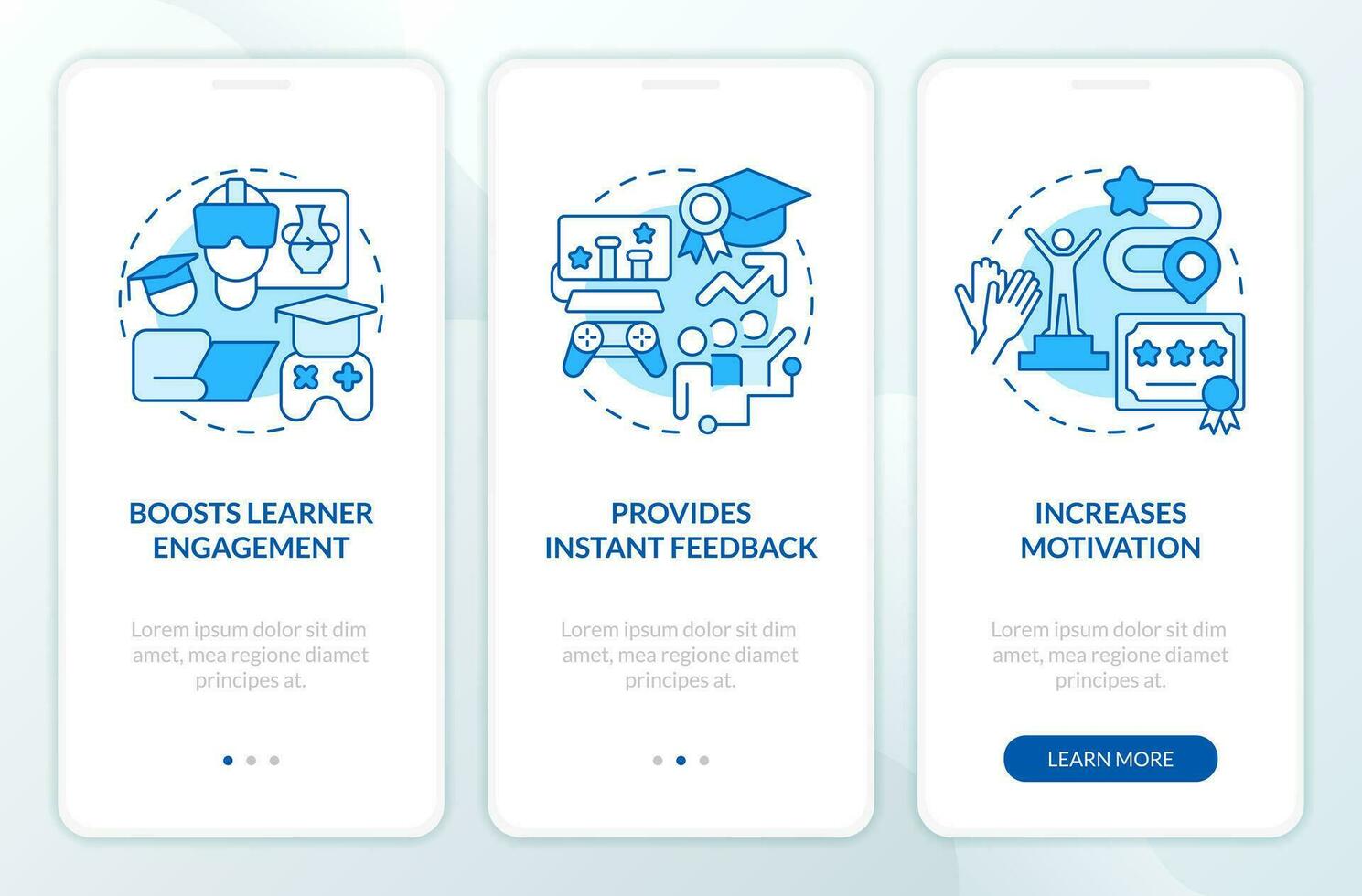Equity and Inclusion in Education: Fostering Success for All Learners



- Equity: Tailoring resources and support to individual student needs.
- Inclusion: Creating a welcoming and accessible environment for all.
- Diversity: Recognizing and valuing the differences among students.
- Belonging: Fostering a sense of connection and acceptance for every student.
Concept | Definition | Focus |
|---|---|---|
Equity | Providing individualized support to ensure fair outcomes. | Addressing systemic barriers and individual needs. |
Inclusion | Creating a welcoming and accessible environment for all. | Fostering a sense of belonging and participation. |
Diversity | Recognizing and valuing the differences among individuals. | Celebrating varied backgrounds, identities, and perspectives. |
Concept | Definition | Focus |
|---|---|---|
Equity | Providing individualized support to ensure fair outcomes. | Addressing systemic barriers and individual needs. |
Inclusion | Creating a welcoming and accessible environment for all. | Fostering a sense of belonging and participation. |
Diversity | Recognizing and valuing the differences among individuals. | Celebrating varied backgrounds, identities, and perspectives. |

- Improved academic performance for all students
- Enhanced social-emotional development
- Increased empathy and understanding
- Stronger sense of belonging and connection
- Development of critical thinking and problem-solving skills
Benefit | Description | Impact |
|---|---|---|
Academic Improvement | Increased engagement and better learning outcomes | Higher grades, improved test scores, and increased graduation rates |
Social-Emotional Growth | Development of empathy, respect, and communication skills | Stronger relationships, reduced bullying, and increased civic engagement |
Sense of Belonging | Feeling valued, accepted, and supported | Increased student well-being, reduced anxiety, and improved attendance |
Benefit | Description | Impact |
|---|---|---|
Academic Improvement | Increased engagement and better learning outcomes | Higher grades, improved test scores, and increased graduation rates |
Social-Emotional Growth | Development of empathy, respect, and communication skills | Stronger relationships, reduced bullying, and increased civic engagement |
Sense of Belonging | Feeling valued, accepted, and supported | Increased student well-being, reduced anxiety, and improved attendance |

- Culturally responsive teaching
- Universal Design for Learning (UDL)
- Differentiated instruction
- Building positive relationships with students
- Creating a safe and supportive classroom environment
Strategy | Description | Example |
|---|---|---|
Culturally Responsive Teaching | Adapting instruction to reflect students' cultural backgrounds. | Incorporating diverse authors and perspectives into reading lists. |
Universal Design for Learning (UDL) | Creating flexible learning environments that meet diverse needs. | Providing multiple options for students to demonstrate their understanding. |
Differentiated Instruction | Tailoring instruction to individual student needs and learning styles. | Offering different levels of support and challenge for different students. |
Strategy | Description | Example |
|---|---|---|
Culturally Responsive Teaching | Adapting instruction to reflect students' cultural backgrounds. | Incorporating diverse authors and perspectives into reading lists. |
Universal Design for Learning (UDL) | Creating flexible learning environments that meet diverse needs. | Providing multiple options for students to demonstrate their understanding. |
Differentiated Instruction | Tailoring instruction to individual student needs and learning styles. | Offering different levels of support and challenge for different students. |
- Addressing resistance from stakeholders
- Securing adequate resources and support
- Overcoming systemic barriers
- Addressing implicit biases
- Measuring and evaluating progress
Challenge | Description | Solution |
|---|---|---|
Resistance from Stakeholders | Lack of understanding or fear of change. | Open communication, education, and data-driven evidence. |
Lack of Resources | Insufficient funding for professional development and materials. | Advocating for increased funding and resource allocation. |
Systemic Barriers | Discriminatory policies and practices. | Reviewing and revising policies to promote equity and inclusion. |
Challenge | Description | Solution |
|---|---|---|
Resistance from Stakeholders | Lack of understanding or fear of change. | Open communication, education, and data-driven evidence. |
Lack of Resources | Insufficient funding for professional development and materials. | Advocating for increased funding and resource allocation. |
Systemic Barriers | Discriminatory policies and practices. | Reviewing and revising policies to promote equity and inclusion. |








